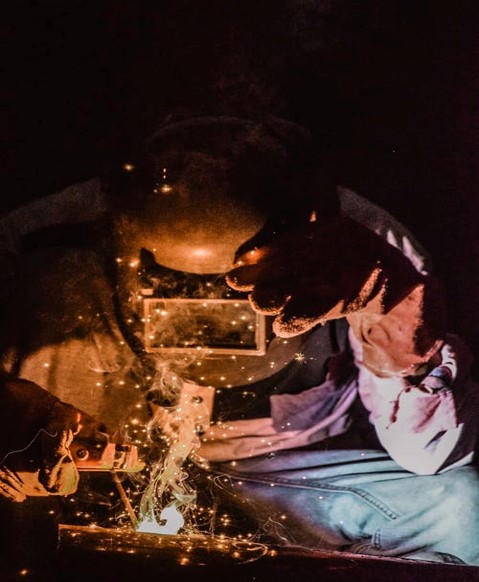Welding Parameters

Creating a weld bead that is correct in all aspects involves many variables. There is an acronym, CLAMS, that can help you to remember the different welding parameters.
C is for current. Amperage will usually dictate the penetration and the size of a weld bead when moving the torch at the correct speed. You can consult your machine or welding specifications for your current settings, or you can weld sample plates with the same thickness of the material you need to work on to see what will work best.
L stands for the length of the arc. Depending on how close you hold the arc of a wire to the work plate can affect the current and heat that goes into the joint. If you are holding closer to the plate the current and heat will remain high but held farther away and the electrode will produce less heat and more spatter. Generally, in stick welding, the arc length should match that of the diameter of the electrode metal. Basically, if you use a 1/8 inch rod, you should hold it 1/8 inch from the surface. You can increase the length of your arc to reduce heat to a puddle. If you are using a wire-feed technique like MIG, the wire is held farther away from the joint because the arc is more concentrated and capable of burning through your metal.
A is for angle, and there are two torch angles to keep in mind when welding. The work angle is between the joint and the torch. You will typically hold the torch perpendicular to the joint. With T-joints the work angle can vary between thirty to fifty degrees. The second angle is the travel angel which is the angle between the torch and the line of travel. You may tip the rod up to ten degrees in the direction of travel or against the direction of travel to maintain sight of the joint and puddle you are trying to follow.
M is for manipulation meaning the movement of your hand as you guide the electrode along the joint. You want to control penetration and heat. A weave, whip, drag, or push motion are all ways of manipulation.
S is for speed. Moving too fast can affect the size of the weld, making it insufficient. You won’t get enough penetration and your weld will be small. If you move too slowly you can end up with fat weld beads and too much heat into one area.
Interested in purchasing KAMA products?
Questions?
Contact Us @ 865-671-7682

